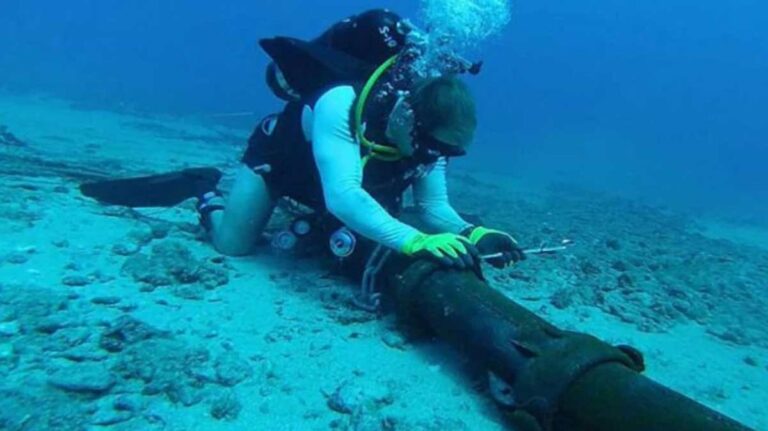In a significant development, undersea internet cables in the Red Sea have been damaged, causing widespread disruption to global communication networks. The incident, which involved four major carriers, affected internet connectivity across Asia, Europe and the Middle East, highlighting the vulnerability of critical infrastructure in conflict zones. Despite an ongoing investigation, the exact cause of the damage has not been determined, and various parties, including Yemeni and Houthi rebels, deny involvement.
Unprecedented damage and immediate impact
Damage to these cables is an “extremely rare” occurrence, affecting at least 25% of internet traffic in a region that includes India, Pakistan, and parts of East Africa, according to Fortune. Such disruptions highlight the importance of these cables, often funded by global tech giants, as the backbone of the internet. The timing of the incident amid the Israel-Hamas war has raised concerns about the possibility of targeted sabotage as part of a broader geopolitical conflict.
Traffic rerouting and remediation challenges
Telecommunications carriers such as HGC Global Communications are currently rerouting traffic to minimize service disruptions and extending assistance to affected businesses. However, restoration efforts are expected to face significant delays due to permitting requirements and the ongoing security crisis in the Red Sea region. The presence of British and American military forces has also been cited by some as a contributing factor to the sabotage allegations, further complicating the geopolitical situation.
Long-term impacts and regional stability
The incident not only highlighted the technical and logistical challenges associated with repairing undersea cables, but also brought to the forefront the far-reaching impact such vulnerabilities could have on global internet connectivity. As countries and companies assess the risks associated with underwater infrastructure, the focus will likely be on ensuring the safety of these critical assets. Additionally, the ongoing conflict in Yemen and the strategic importance of the Red Sea as a global shipping and data transport route highlight the need for a comprehensive approach to protecting this critical infrastructure.
Looking back at the current situation, it is clear that damage to submarine cables in the Red Sea is more than just a technical challenge. This is a stark reminder of how geopolitical tensions can have far-reaching effects on global connectivity and commerce. As the world becomes more dependent on digital infrastructure, the security of submarine cables will continue to be a critical issue for international relations and the stability of the global internet.


